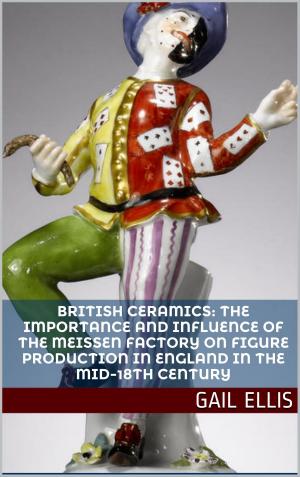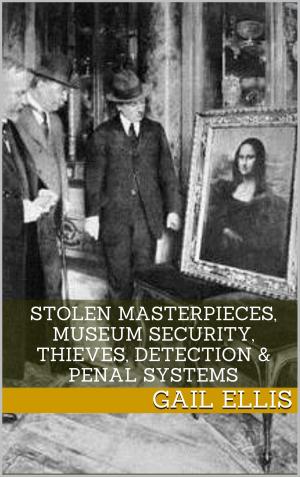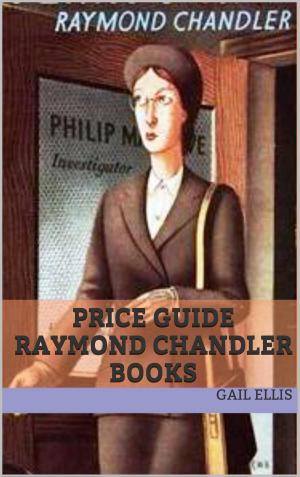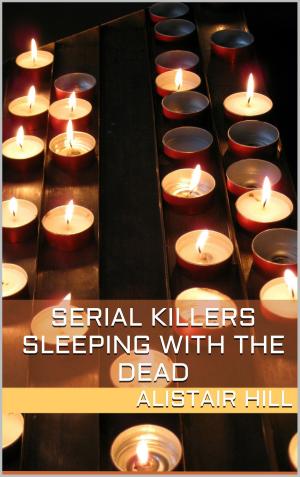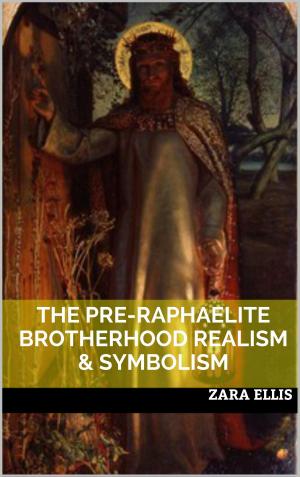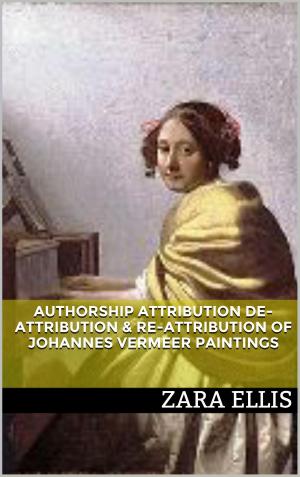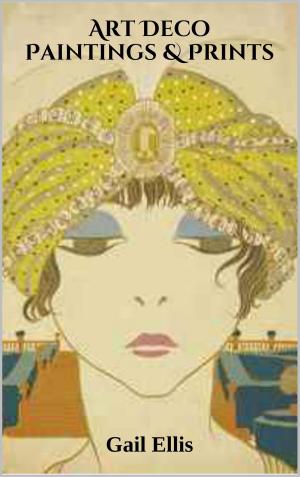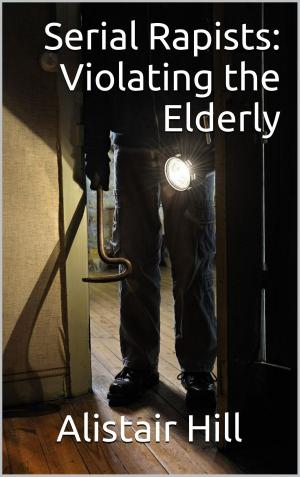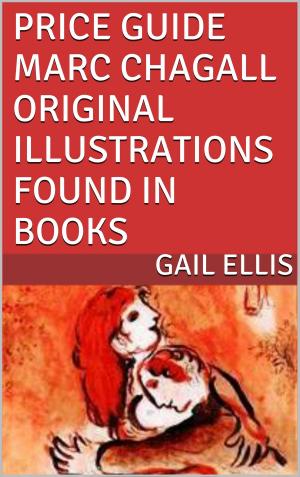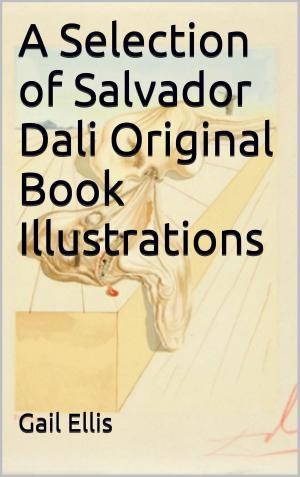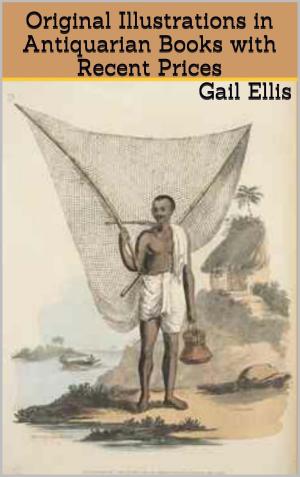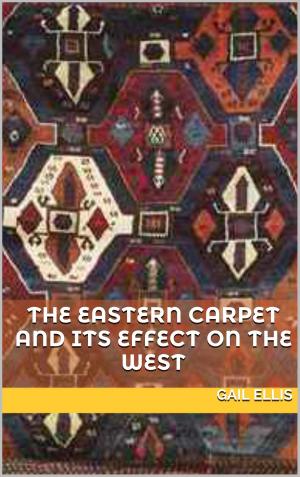Why Thomas Holloway Chose Those Specific 77 Paintings For His College
Nonfiction, History, Reference, Study & Teaching, British| Author: | Gail Ellis | ISBN: | 9781909827073 |
| Publisher: | Book Treasury | Publication: | May 20, 2013 |
| Imprint: | Language: | English |
| Author: | Gail Ellis |
| ISBN: | 9781909827073 |
| Publisher: | Book Treasury |
| Publication: | May 20, 2013 |
| Imprint: | |
| Language: | English |
Thomas Holloway purchased 77 paintings for his College. He had the auction catalogue at his home and had time to read and study the paintings which his brother-in-law George Martin had bid and won on his behalf at Christie’s auction house. Holloway didn’t just choose these 77 paintings because the artists were renowned and had exhibited at the Royal Academy and other influential art establishments. There were other underlying reasons why he chose them apart from the fact that they all had provenance. In this eBook I shall explore some of the personal reasons that may have influenced his decisions. Holloway knew what he wanted. He used his own mind to decide before giving those requests to George Martin. But, why did Thomas Holloway chose these particular 77 artworks? Did they hold hidden meanings? I believe that they did. I will unravel those meanings in chronological order of the 77 paintings. The reasons are not conclusive and are based upon my own personal opinion, but they certainly give pause for thought and discussion.
Thomas Holloway bought the seventy-seven artworks for his women’s only college, in Surrey during the time that the college was being built. Some say that Holloway had no real interest in art itself and did not buy as a genuine collector who would perhaps put more thought into the reasons for buying. [1] But, Holloway was well travelled and during those travels he visited many museums and art galleries and therefore must have had much knowledge about art. He also purchased over 200 artworks for his home at Tittenhurst Park including numerous old masters paintings.
He may not have sought advice from someone in the know such as a dealer or other knowledgeable person, but he was wise enough to choose only the artworks that had previously been exhibited at the Royal Academy and other well-known exhibition places; those with status and credibility.
Holloway also only purchased paintings that had some critical acclaim and only those paintings that had the provenance.
He mainly purchased artworks from the very reputable auction house Christie’s in London as he felt a reputable auctioneers like Christie’s would be a safe bet in buying a genuine work of art; works that had been appraised by an expert in the field. By understanding his life we can try to reveal the reasons why he wanted and bought those particular 77 artworks that he purchased.
[1] Elliot, J. (1996) Palaces, Patronage & Pills: Thomas Holloway: His Sanatorium & Picture Gallery
Thomas Holloway purchased 77 paintings for his College. He had the auction catalogue at his home and had time to read and study the paintings which his brother-in-law George Martin had bid and won on his behalf at Christie’s auction house. Holloway didn’t just choose these 77 paintings because the artists were renowned and had exhibited at the Royal Academy and other influential art establishments. There were other underlying reasons why he chose them apart from the fact that they all had provenance. In this eBook I shall explore some of the personal reasons that may have influenced his decisions. Holloway knew what he wanted. He used his own mind to decide before giving those requests to George Martin. But, why did Thomas Holloway chose these particular 77 artworks? Did they hold hidden meanings? I believe that they did. I will unravel those meanings in chronological order of the 77 paintings. The reasons are not conclusive and are based upon my own personal opinion, but they certainly give pause for thought and discussion.
Thomas Holloway bought the seventy-seven artworks for his women’s only college, in Surrey during the time that the college was being built. Some say that Holloway had no real interest in art itself and did not buy as a genuine collector who would perhaps put more thought into the reasons for buying. [1] But, Holloway was well travelled and during those travels he visited many museums and art galleries and therefore must have had much knowledge about art. He also purchased over 200 artworks for his home at Tittenhurst Park including numerous old masters paintings.
He may not have sought advice from someone in the know such as a dealer or other knowledgeable person, but he was wise enough to choose only the artworks that had previously been exhibited at the Royal Academy and other well-known exhibition places; those with status and credibility.
Holloway also only purchased paintings that had some critical acclaim and only those paintings that had the provenance.
He mainly purchased artworks from the very reputable auction house Christie’s in London as he felt a reputable auctioneers like Christie’s would be a safe bet in buying a genuine work of art; works that had been appraised by an expert in the field. By understanding his life we can try to reveal the reasons why he wanted and bought those particular 77 artworks that he purchased.
[1] Elliot, J. (1996) Palaces, Patronage & Pills: Thomas Holloway: His Sanatorium & Picture Gallery

